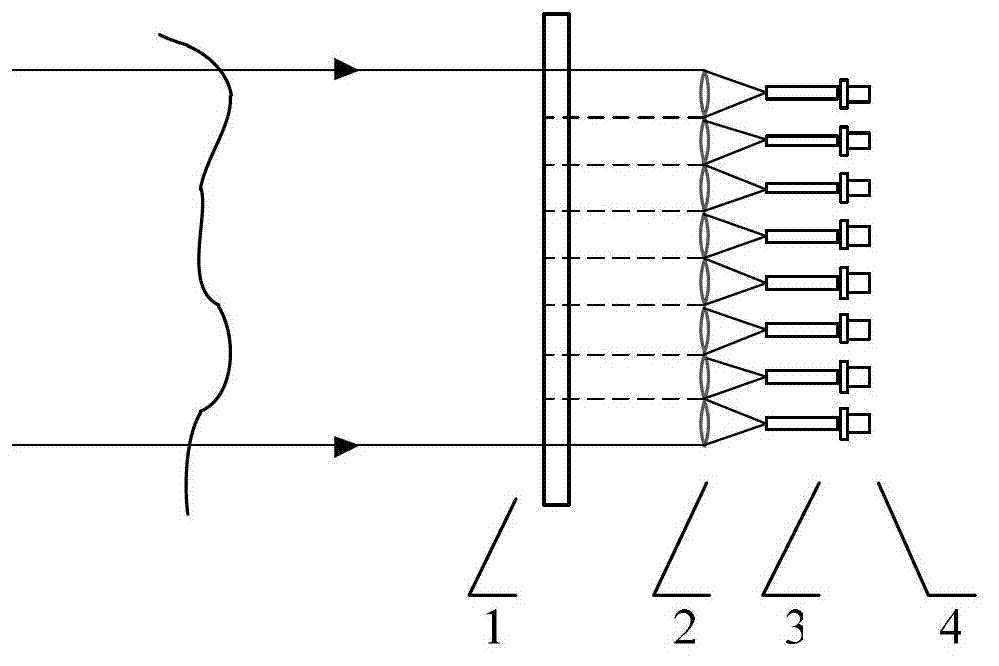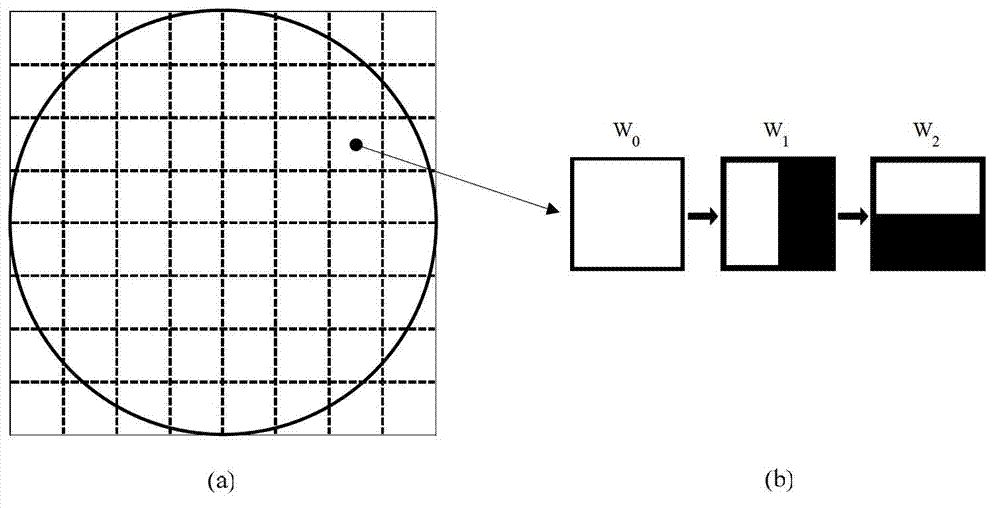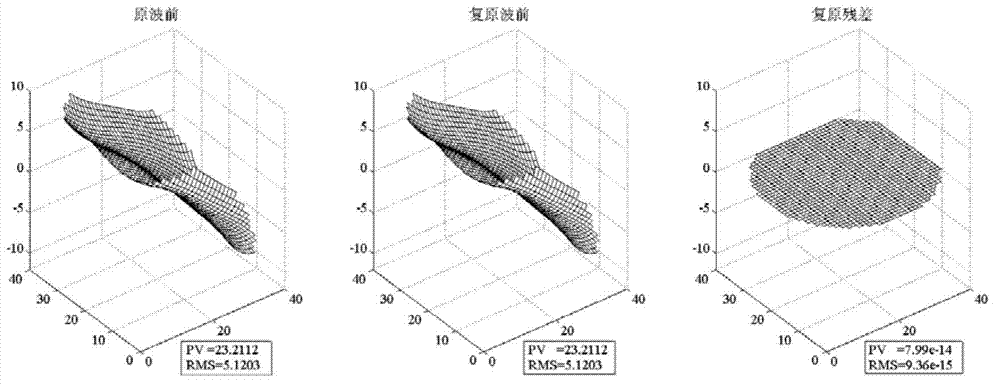Hartmann wavefront sensor based on unit photo-sensitive detector array
A technology of photosensitive detectors and sensors, which is applied in the field of optical information measurement, can solve problems such as being unavailable and limited, and achieve the effects of improving detection speed, high-precision wavefront detection, and avoiding wavefront detection errors
- Summary
- Abstract
- Description
- Claims
- Application Information
AI Technical Summary
Problems solved by technology
Method used
Image
Examples
Embodiment Construction
[0025] The present invention will be further described below in conjunction with drawings and embodiments.
[0026] Such as figure 1 As shown, the Hartmann wavefront sensor based on the unit photosensitive detector array in Embodiment 1 of the present invention is composed of a liquid crystal spatial light modulator 1, a microlens array 2, a single-mode optical fiber array 3 and a unit photosensitive detector array 4; The liquid crystal spatial light modulator 1 is located in front of the microlens array 2, and divides the phase modulation sub-area corresponding to each microlens of the microlens array 2 (that is, the sub-aperture of the Hartmann wavefront sensor) in its own modulation working area, such as figure 2 As shown in (a), the circular area in the figure is the clear aperture, which is the definition domain of the light wave front expression, the radius is normalized to 1, and the small square is the modulation sub-area of the liquid crystal spatial light modulato...
PUM
 Login to View More
Login to View More Abstract
Description
Claims
Application Information
 Login to View More
Login to View More - R&D
- Intellectual Property
- Life Sciences
- Materials
- Tech Scout
- Unparalleled Data Quality
- Higher Quality Content
- 60% Fewer Hallucinations
Browse by: Latest US Patents, China's latest patents, Technical Efficacy Thesaurus, Application Domain, Technology Topic, Popular Technical Reports.
© 2025 PatSnap. All rights reserved.Legal|Privacy policy|Modern Slavery Act Transparency Statement|Sitemap|About US| Contact US: help@patsnap.com



